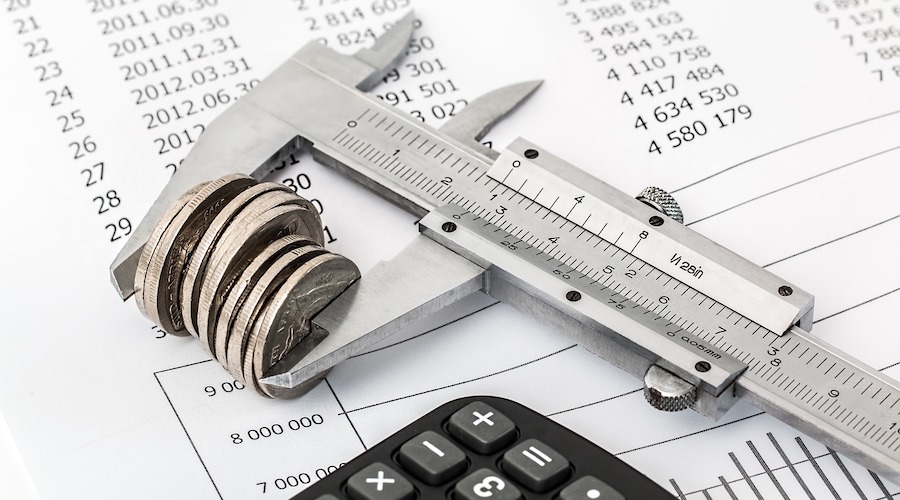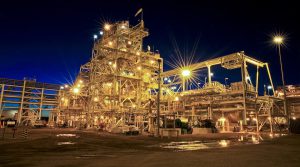Nickel price under pressure in 2020 – report

A report by Wood Mackenzie argues that despite the global continued investment in new battery plants, weaker demand for nickel sulphate or NiSO4 tied to last year’s cut in Chinese electric vehicle subsidies will translate to more discounts in the metal’s price in 2020.
“We previously noted that premiums for NiSO4 might come under pressure due to stronger supply. While that did materialise, the unexpected and immediate mid-year downgrading in Beijing’s EV subsidy programme had a greater impact,” Wood Mackenzie’s Head of Nickel, Andrew Mitchell, wrote in the report. “EV sales were reduced by half, China’s EV sales target of 1.5 million units was derailed and this cut demand for batteries and, therefore, precursor materials, including NiSO4. The impact will extend well into 2020.”
According to Mitchell, further discounts on NiSO4 are to be expected in the coming months and it is even possible that some sulphate refiners will switch a portion of chemicals output back to metal production.

“We believe the 27% surge in EV-related demand for nickel chemicals was exaggerated last year and that growth will be restricted to only 3-4% in 2020,” the expert said.
In the market analyst’s view, despite some mine closures, supply is going to remain stable and, thus, a price spike is not in the forecast.
Wood Mackenzie explains that while Vale (NYSE:VALE) works on the closure of its VNC high-pressure acid leach or HPAL operation in New Caledonia – which has been losing about $9 million a month -, First Quantum Minerals (TSX:FM) aims to switch Ravensthorpe back on, having placed it on care and maintenance in 2017.
Since the process at Vale’s operation is not immediate, its HPAL plant should produce 22 kt nickel through the year. Meanwhile, Ravensthorpe’s output is predicted to reach 9 kt nickel in mixed hydroxide precipitate in 2020, increasing to 20 kt in 2021.
“Thus, between them, these two operations could increase the availability to battery chemicals streams of nickel in MHP by 20-25 kt in 2020,” the report reads.
Keeping an eye on Indonesia
Besides pricing issues, Wood Mackenzie also foresees other challenges related to the supply side of things, particularly when it comes to the three new HPAL plants that are scheduled to enter production in 2021 in Indonesia.
The plants’ viability is going to be put to the test due to the restart of the Indonesian nickel ore export ban which means that, once ore stocks are depleted, Chinese nickel pig iron or NPI production will decrease sharply.
“However, this decline could be more than counterbalanced by expansion in Indonesian NPI,” Mitchell said. “Even though the Indonesian nickel ore export ban began on 1st January, we expect about 6Mt of Indonesian ore to arrive in China in the first part of this year.”
The analyst argued that besides what China will be getting from Indonesia, the Asian giant is expected to receive some 30 Mt from the Philippines. These two inputs, combined with ore stocks already available in the country, should bring nickel-in-NPI production in China to 526 kt, with monthly production levels expected to be sustained at 50 kt through the first half of 2020 before declining to 30 kt as ore supply becomes tighter.
“The potential future production of NPI in Indonesia is staggering. We currently anticipate output of 500-520 kt nickel in NPI in 2020 compared with 360 kt in 2019 as 18 RKEF [rotary kiln–electric arc furnace] lines became operational across three industrial parks,” WoodMac’s document states.
{{ commodity.name }}
{{ post.title }}
{{ post.date }}
Comments